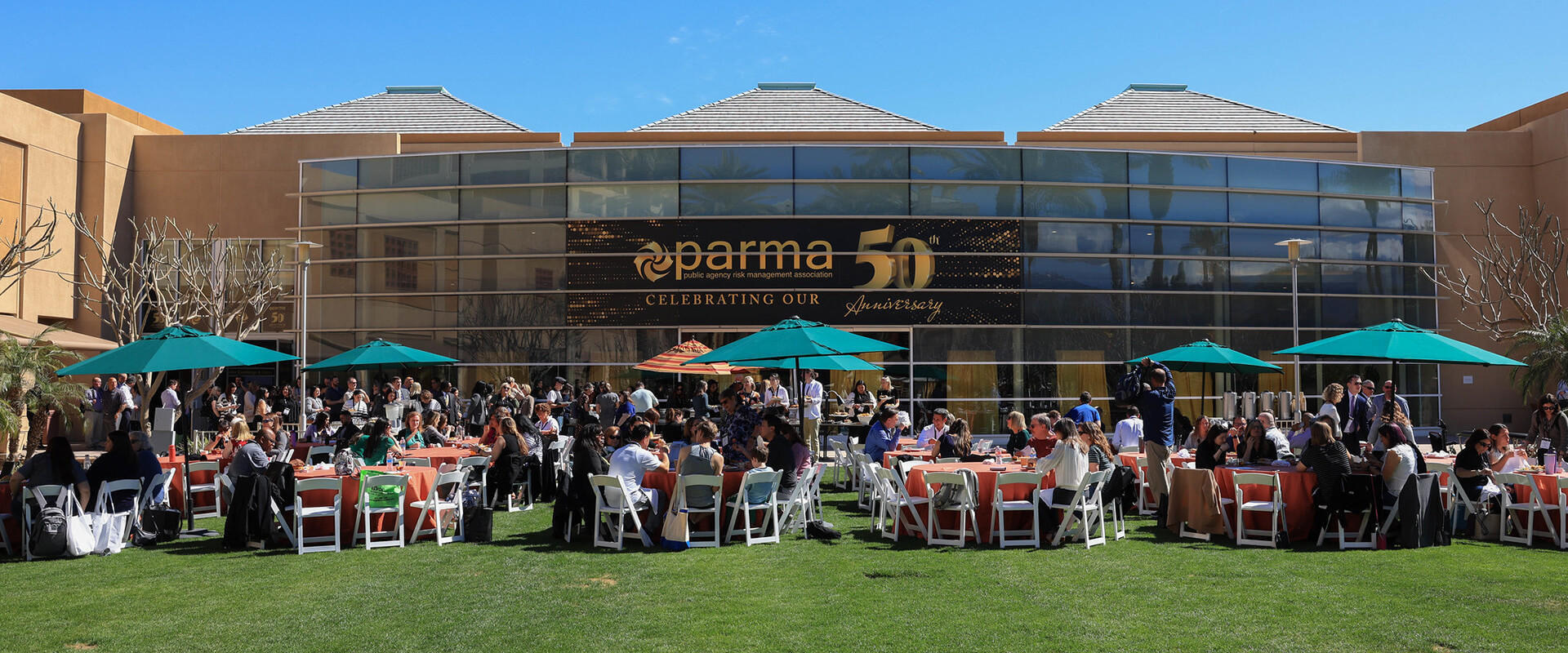Wildfire has been an integral part of California ecosystems for centuries. Now, however, nearly a third of homes in California are in wildland urban interface areas where houses intermingling with wildlands and fire is a natural phenomenon. Just as Californians must live with earthquake risk, they must live with wildfires.
Shaped by ignitions, climate and fuels, wildfires are likely to become more frequent and severe with climate change. The 2017 experience of the largest and most damaging wildfires in California history, and ongoing destructive fires in 2018, provide a window of opportunity for learning to better coexist with wildfire.
There’s an old chestnut about infrastructure that goes, Infrastructure is everything you don’t notice—until it fails. It’s a definition that works for any kind of infrastructure, too: big or small, visible or invisible, bridges and garage doors, electric grids and Wi-Fi routers. Infrastructure is everything you take for granted. And you only notice that you take it for granted when it breaks.
Lately, a lot of things have broken. In two incidents over the past two days, hundreds of people were injured or killed: An elevated-highway bridge collapsed in Genoa, Italy, and a pier gave out in Vigo, Spain, during a music festival. The consequences are harrowing. In Genoa, cars dropped 150 feet to the earth as a span of the bridge fell underneath them. In Vigo, concertgoers were plunged into the sea, piled atop one another, when the boardwalk gave out.
(TNS) - The Thomas fire that roared through Ventura and Santa Barbara counties in December broke records, becoming the state’s largest wildfire in recorded history. But not for long. This month, the Mendocino Complex fire in Northern California broke a record for acres burned. Will the record be broken in another few months or sometime next year? It seems possible, given what fire officials and state leaders say about California’s heightened wildfire risk because of the effects of climate change.
(TNS) - When Aledo and Joshua students head back to class, they’ll find police officers on their campus full time.
Weatherford students will know that some teachers and school employees likely are carrying concealed handguns.
And Fort Worth students will know police are monitoring school safety cameras in real time — and that school nurses are getting trained to treat victims of active shooters.
The California Cybersecurity Integration Center alerted its partners to the Thomas Fire along Interstate 5, before the largest wildfire in the state’s modern history was phoned in last December.
Someone had taken to Twitter to first report the blaze, and Cal-CSIC’s media scrapers—which plug into its automated threat feed—noticed.
Cal-CSIC, pronounced “cal-sick,” was created by Gov. Jerry Brown’s executive order in August 2015 to prioritize cyber threats to public sector agencies and expand into the private sector.
(TNS) - When a special legislative committee held its first public hearing in response to the North Bay wildfires two weeks ago in Sacramento, there were eight major wildfires burning across California.
When the 10-member bipartisan panel met again Tuesday, the number of conflagrations had doubled, and the marauding Mendocino Complex fires had scorched more than 292,000 acres in three counties or more than 450 square miles.
(TNS) - It’s day 11 for Omar Estorga on the front lines of California’s firestorm.
Some nights, the captain and his crew have slept — sitting up — in the seats of their fire engine as the Carr fire raged. Other nights, they’ve stayed at the base camp in Shasta County. On their days off, they’ve snagged dorm rooms at Shasta College or, if they’re lucky, a hotel room when another fire crew has checked out.
As some 14,000 firefighters wrap up their second week battling more than a dozen destructive wildfires across the state, fatigue is setting but the fires show few signs of letting up.
The insurance industry is responding to the massive blazes across California beyond merely paying claims.
More than $30,000 has been collected within the last week to help victims of the dozens of wildfires raging across the state by the Insurance Industry Charitable Foundation through a new disaster relief fund.
Overnight, the Mendocino Complex Fire in Northern California expanded far enough to oust the 2017 Thomas Fire as the largest wildfire in the state’s history. Comprising two joined fires, the Mendocino Complex Fire has burned through 443 square miles in the area north of San Francisco. As of Tuesday morning, the fires burned more than 140 structures, including at least 75 homes, and was 30% contained.
But California’s residents and businesses still should be on alert, as the incendiary activity doesn’t end there. An unprecedented 14,000 firefighters are combating between 12 and 16 wildfires in the state, according to the Department of Forestry and Fire Protection. Particular emphasis is in Northern California, where the fires in Mariposa and Shasta counties continue to threaten residents, businesses, and emergency responders. For 26 days, the Ferguson Fire in Mariposa County has burned nearly 90,000 acres and caused two fatalities. The fire is having a huge impact on areas near and around Yosemite National Park, which alerted the public that it had closed all but two entrances and roads.
(TNS) - Melissa Morgado began 2018 trying to solve an arithmetic problem: How many nights did she and her firefighter husband spend apart because of work in the previous year?
He was gone for the hot summer months, of course, and again for most of October, and then 19 more days in December when deadly fires broke out on the Central Coast.
Her tally hit 249 nights, the most she and her husband spent apart in his 14 years at Cal Fire.










